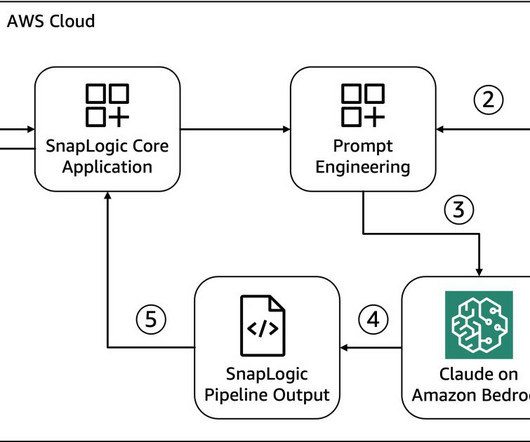Improving air quality with generative AI
AWS Machine Learning Blog
JUNE 18, 2024
This post presents a solution that uses a generative artificial intelligence (AI) to standardize air quality data from low-cost sensors in Africa, specifically addressing the air quality data integration problem of low-cost sensors. She holds 30+ patents and has co-authored 100+ journal/conference papers.












Let's personalize your content